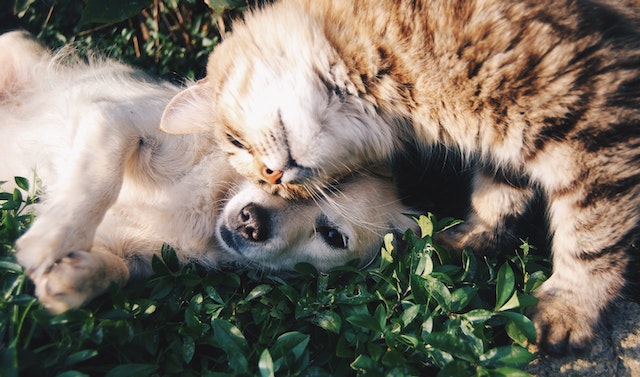
Image Credit: Kelly Forrister from UnsplashCountless people dream about owning a horse, but few of them actually get to have one. There isn’t anything stopping you from being one of those people. Don’t just take the plunge without thinking about it, though. Getting your first horse comes with a lot of responsibility, after all.Make sure you’re prepared for that before you get them. Thankfully, getting ready for it doesn’t need to be too complicated,...

















